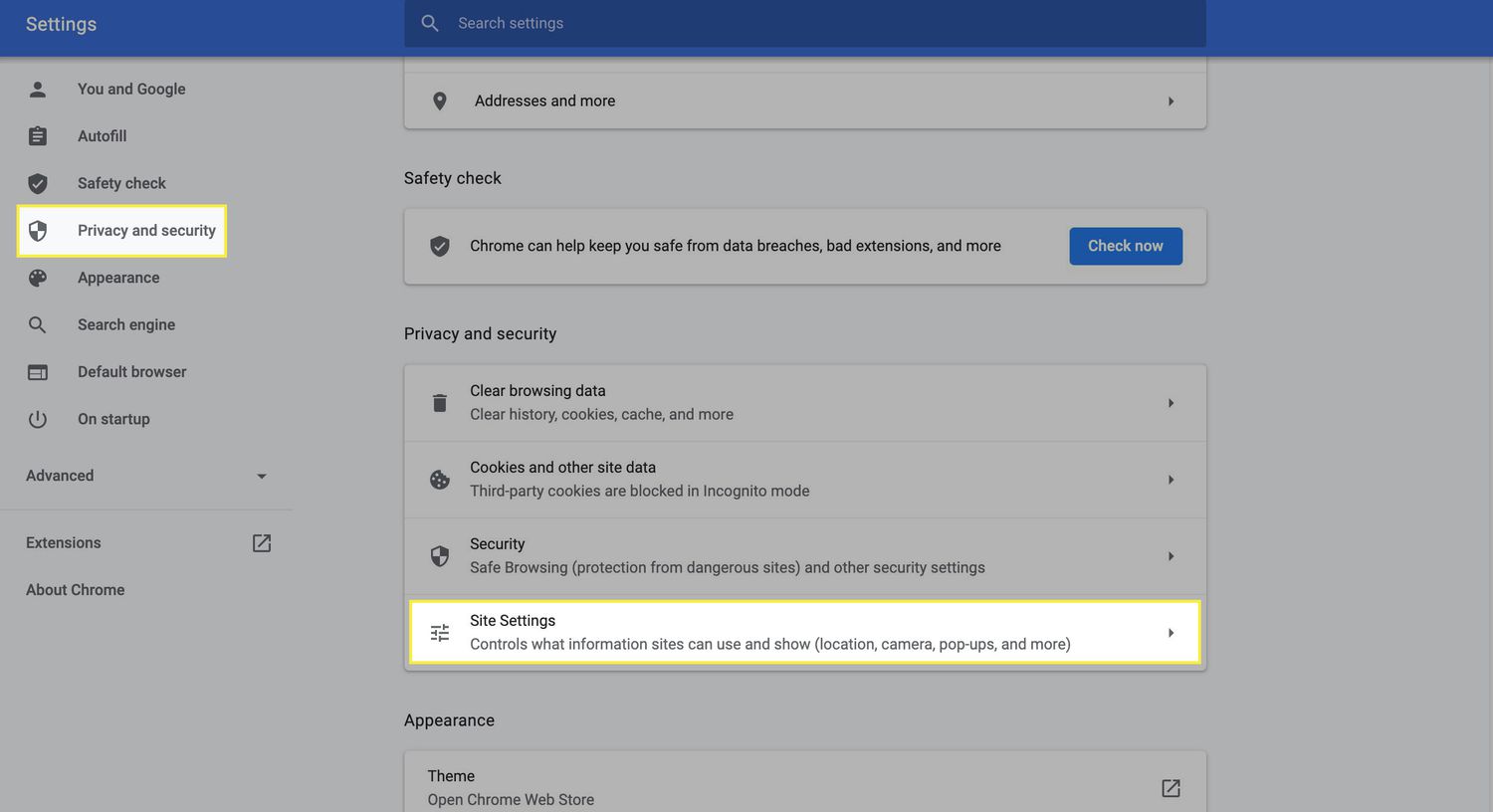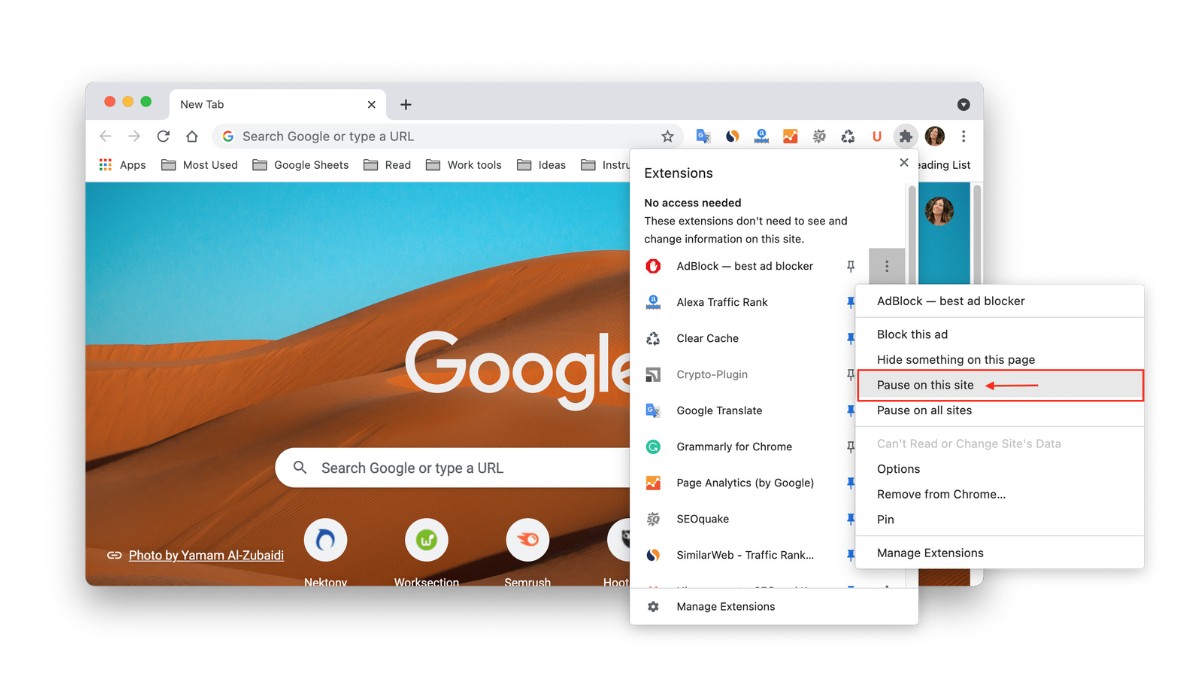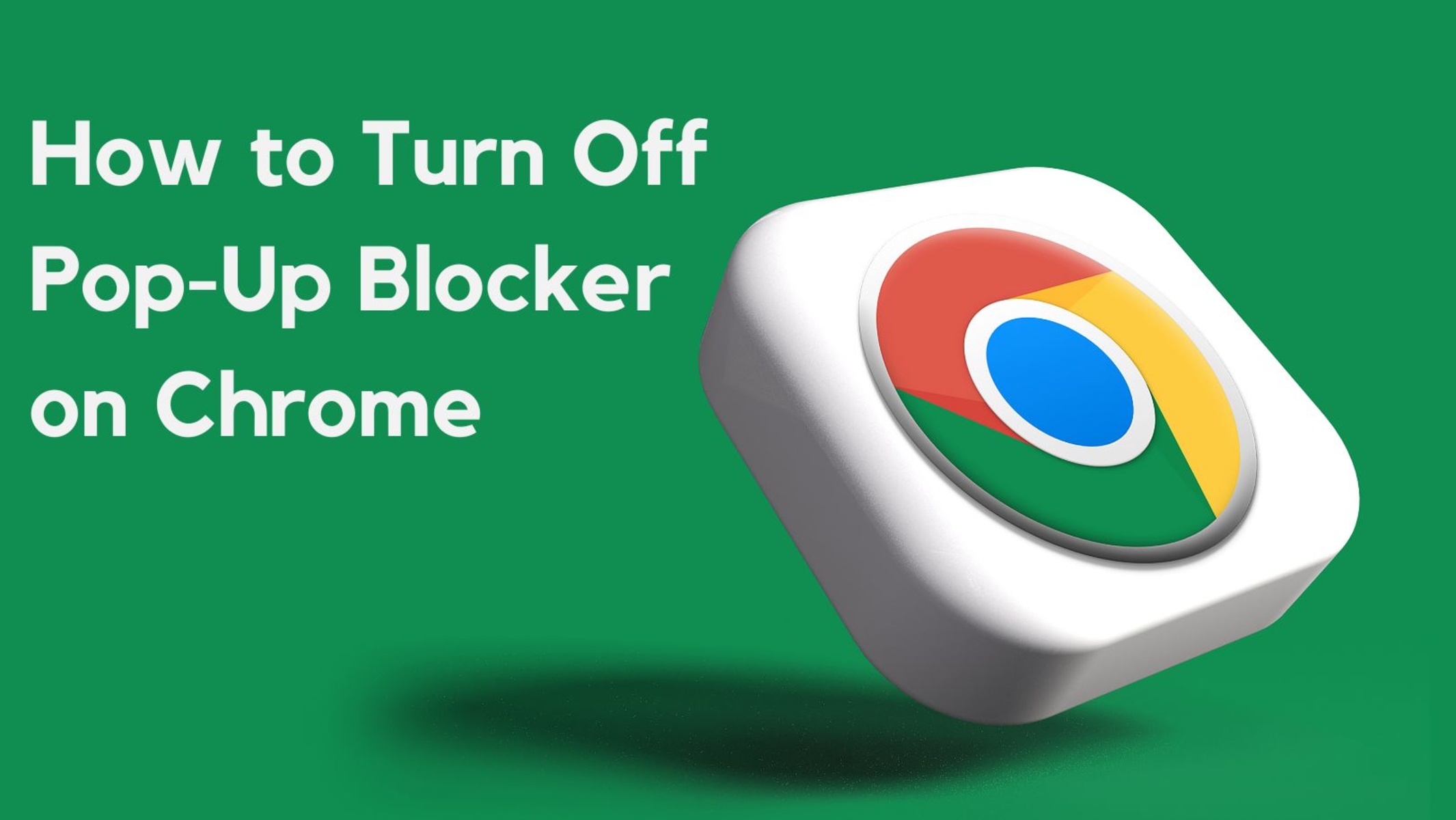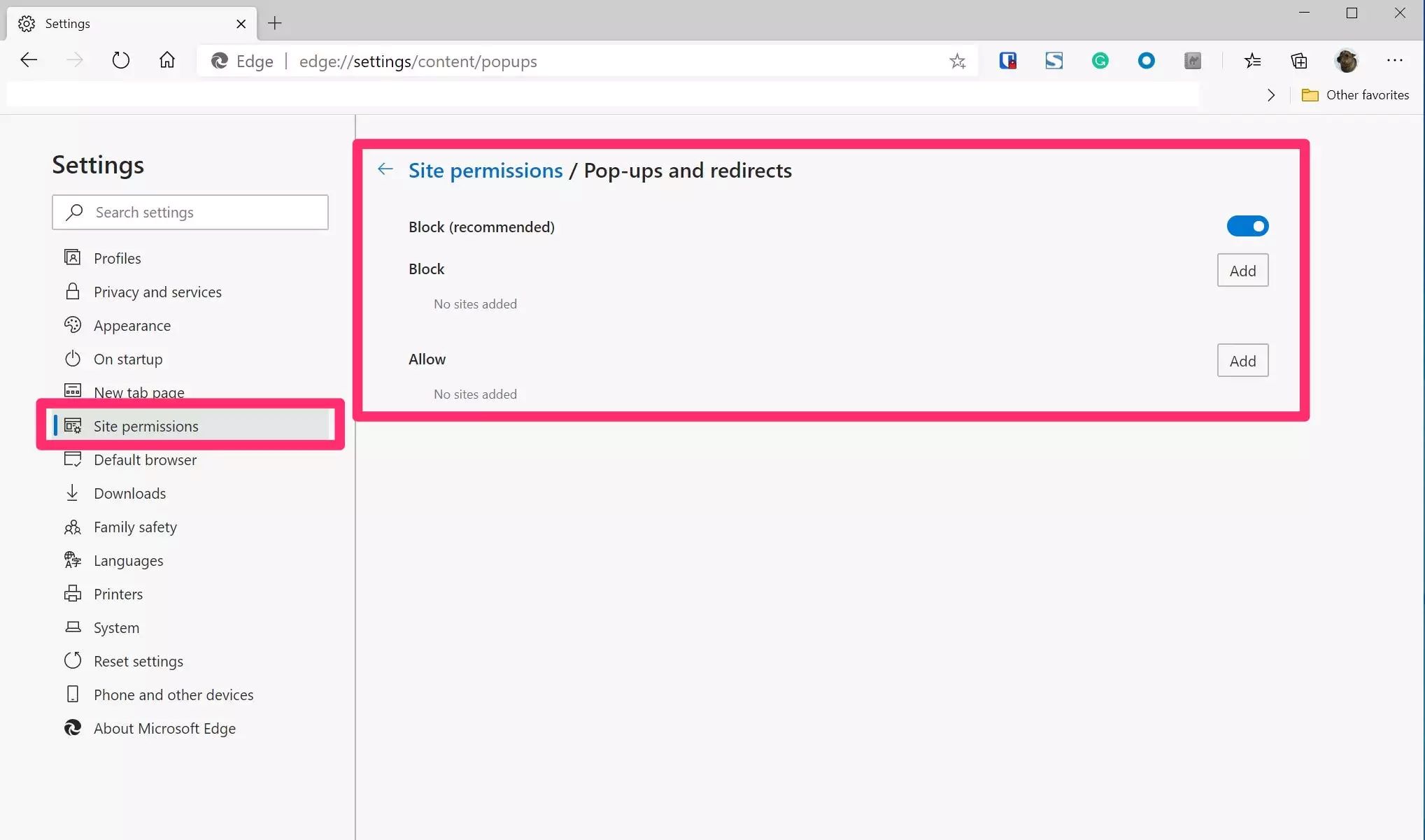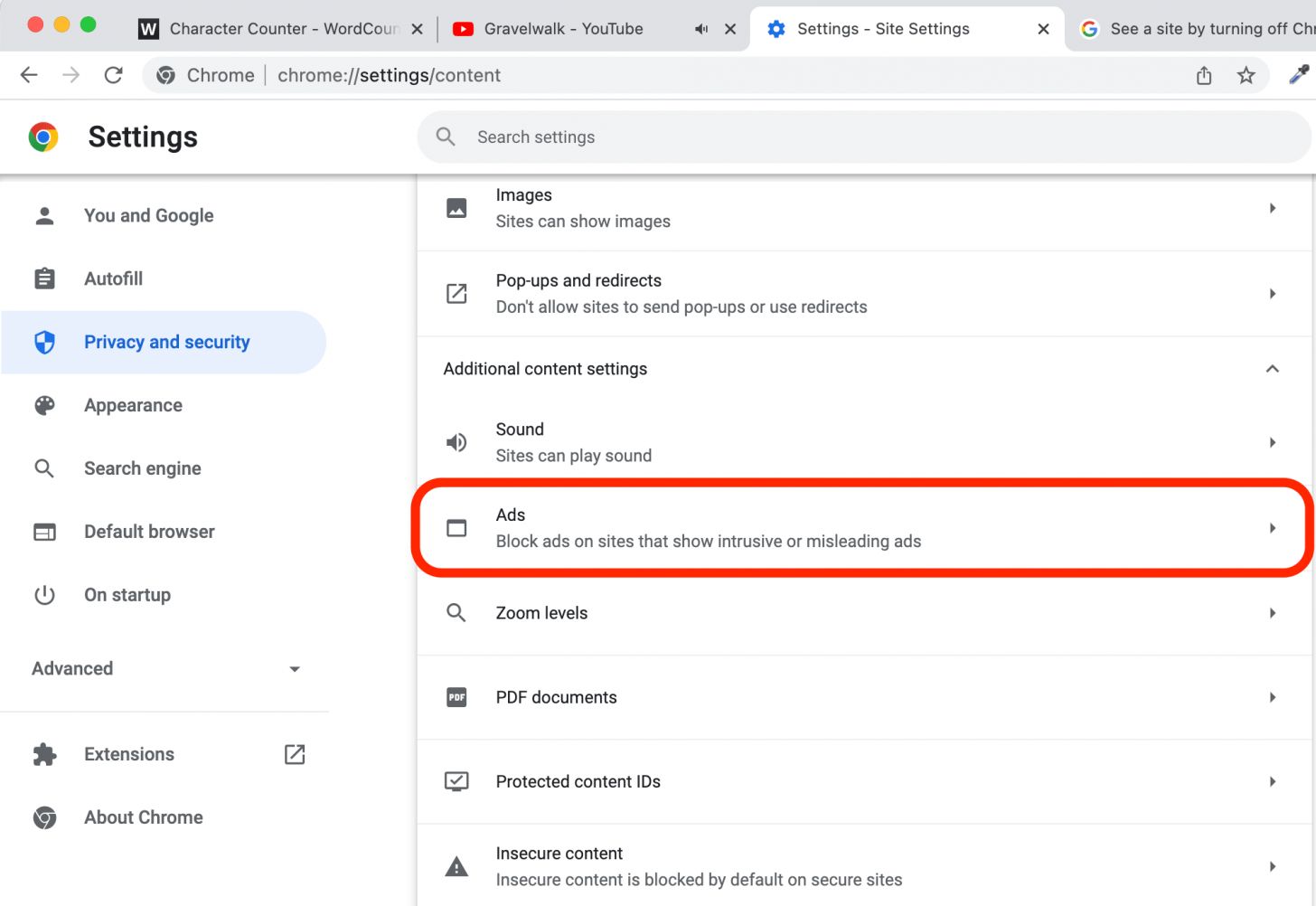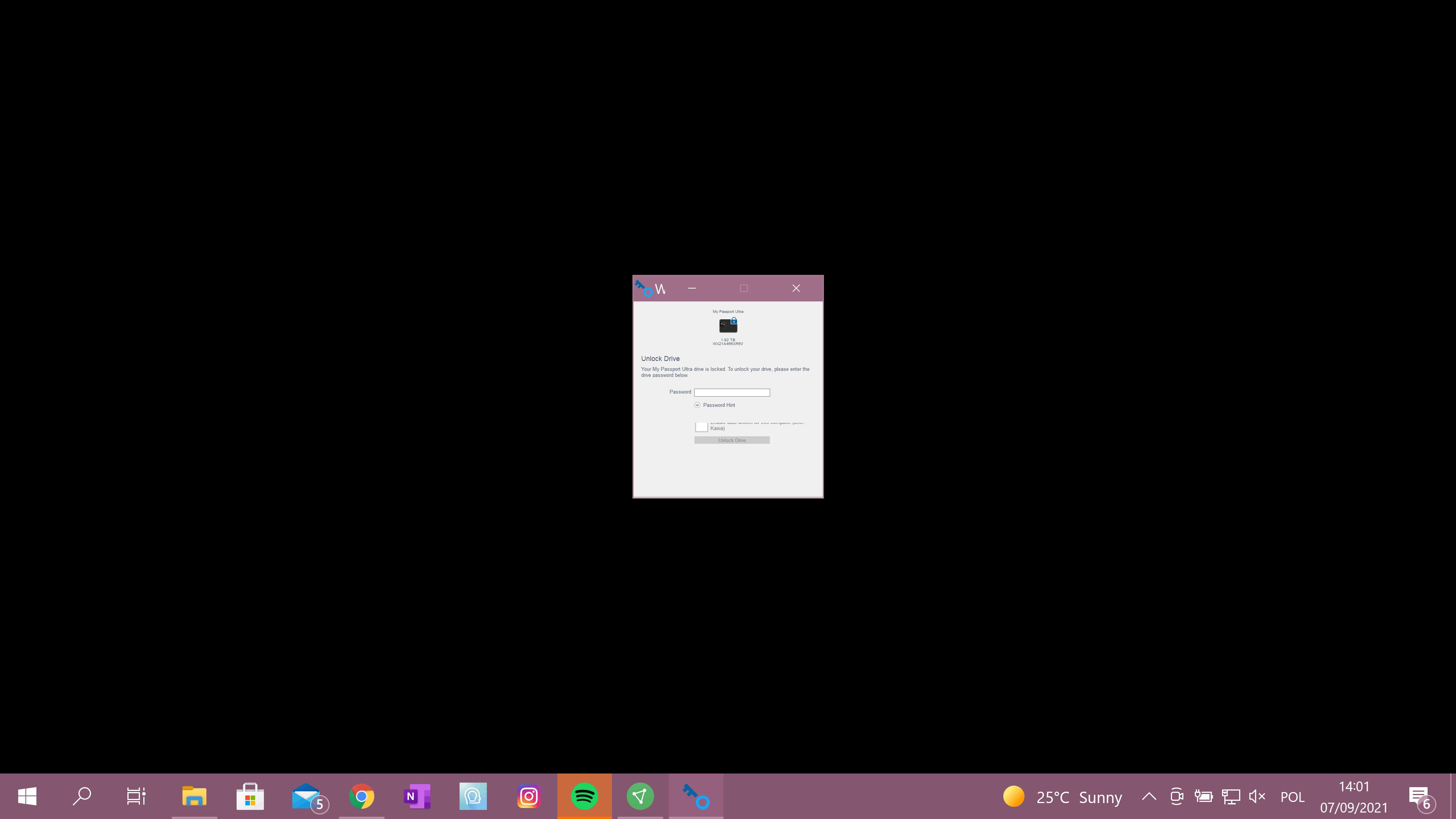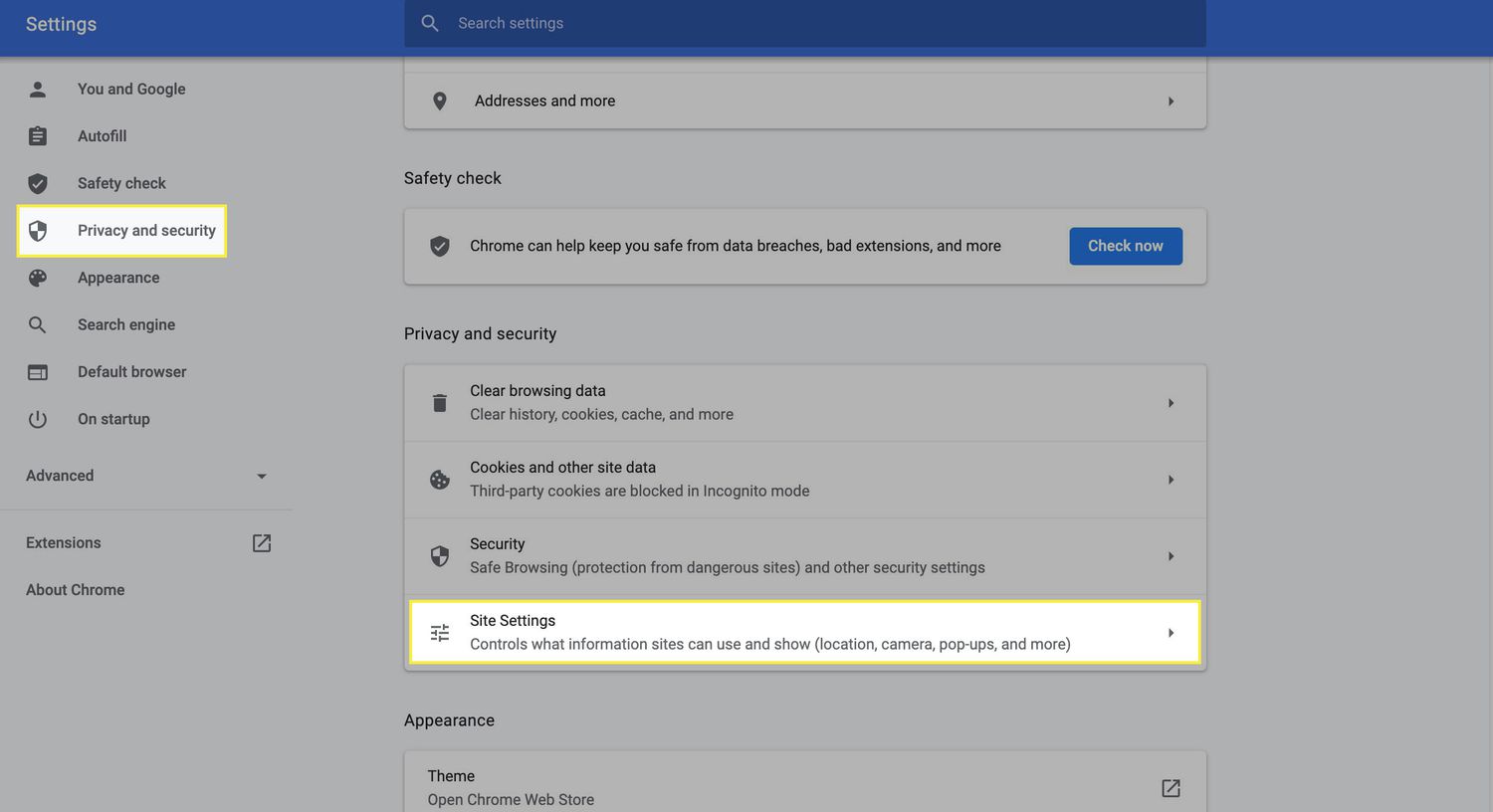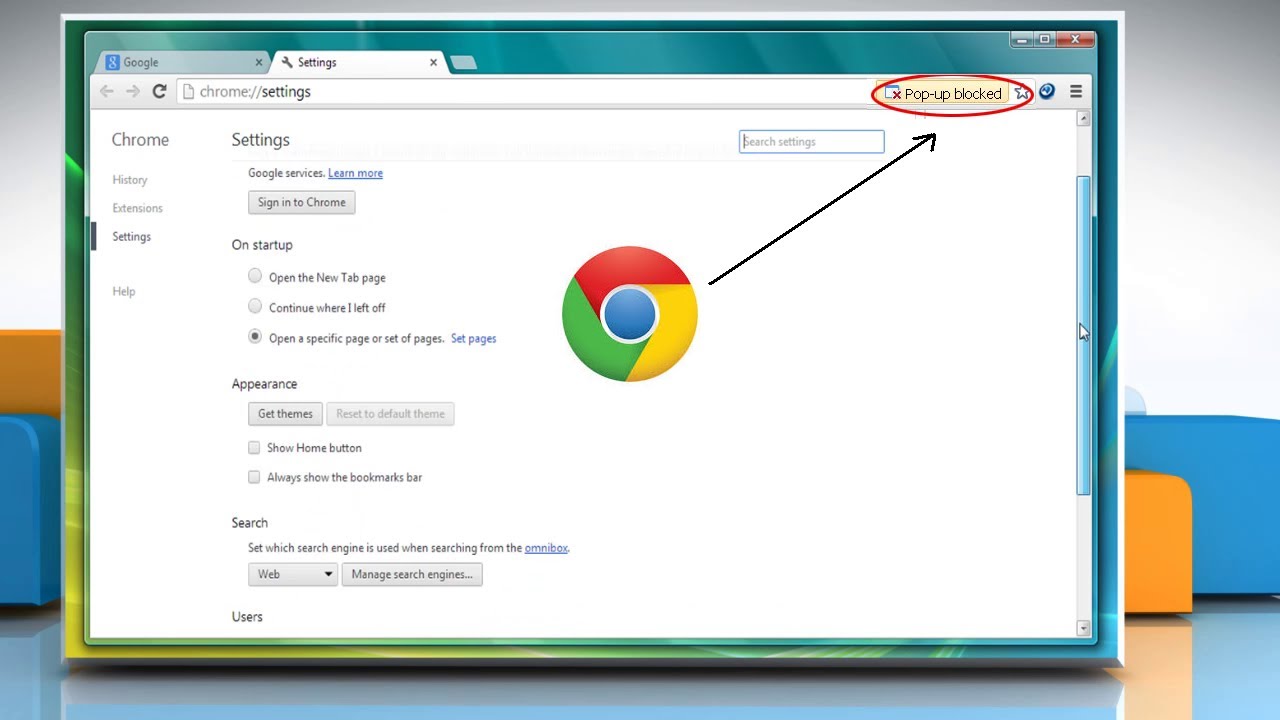Introduction
In today's digital age, web browsers have become an integral part of our daily lives, serving as gateways to the vast expanse of the internet. Among the multitude of browsers available, Google Chrome stands out as a popular choice, offering a user-friendly interface and a plethora of features designed to enhance the browsing experience. One such feature is the pop-up blocker, which plays a crucial role in safeguarding users from intrusive and potentially harmful pop-up ads.
Pop-up ads have long been a source of frustration for internet users, disrupting the browsing experience and often leading to inadvertent clicks on misleading content. These intrusive pop-ups can not only hinder productivity but also pose security risks by exposing users to malicious websites and potential scams. Fortunately, Google Chrome's built-in pop-up blocker provides a reliable solution to combat these nuisances, allowing users to navigate the web with greater peace of mind.
In this comprehensive guide, we will delve into the step-by-step process of enabling the pop-up blocker on Chrome, empowering users to take control of their browsing environment and mitigate the disruptive impact of unwanted pop-up ads. By following these simple yet effective instructions, users can harness the full potential of Chrome's pop-up blocker, ensuring a smoother and more secure browsing experience.
As we embark on this journey to unlock the protective capabilities of Chrome's pop-up blocker, it's important to note that this feature represents a proactive measure to enhance online safety and streamline the browsing process. By understanding the significance of this functionality, users can harness the power of Chrome's pop-up blocker to fortify their digital defenses and cultivate a more seamless and enjoyable browsing experience.
Step 1: Open Chrome Browser
To embark on the journey of enabling the pop-up blocker on Google Chrome, the first step is to open the Chrome browser on your device. Whether you are using a desktop computer, laptop, or mobile device, launching the Chrome browser is the initial gateway to accessing its array of settings and features.
If you are using a Windows computer, you can open Chrome by clicking on the Chrome icon located on your desktop or by searching for "Chrome" in the Windows Start menu. For Mac users, simply locate and click on the Chrome icon in the Applications folder or use Spotlight Search to find and open the browser.
On mobile devices such as smartphones and tablets, locating the Chrome app icon on the home screen or in the app drawer allows for seamless access to the browser. Tapping on the Chrome icon initiates the browser, setting the stage for the subsequent steps in enabling the pop-up blocker.
Upon launching Chrome, users are greeted by the familiar interface, characterized by the omnibox – the combined address and search bar – and the array of navigation and customization options. This marks the beginning of the journey toward accessing the browser's settings and configuring the pop-up blocker to enhance the browsing experience.
By opening the Chrome browser, users lay the foundation for exploring the multitude of features and functionalities designed to optimize the online experience. With Chrome's intuitive interface and seamless navigation, users can effortlessly progress to the next step of enabling the pop-up blocker, thus fortifying their digital environment against intrusive and disruptive pop-up ads.
As the gateway to a world of possibilities, opening the Chrome browser signifies the commencement of a user-centric journey toward harnessing the protective capabilities of the pop-up blocker, ultimately fostering a safer and more streamlined browsing experience.
Step 2: Access Chrome Settings
Accessing Chrome settings is a pivotal step in the process of enabling the pop-up blocker and customizing various aspects of the browser to suit individual preferences. Chrome settings serve as a control center, offering a wide array of options for users to personalize their browsing experience and enhance security measures.
To access Chrome settings, users can navigate to the top-right corner of the browser window and click on the three vertically aligned dots, commonly referred to as the "More" icon. This action triggers a dropdown menu, presenting a range of options for users to explore. Within this menu, users will find the "Settings" option, denoted by a gear icon, which serves as the gateway to Chrome's extensive customization and configuration capabilities.
Upon clicking on the "Settings" option, users are seamlessly transitioned to the dedicated settings interface, where a wealth of options awaits exploration. The settings interface is thoughtfully organized into distinct sections, encompassing various aspects of the browser's functionality, including appearance, search engine preferences, privacy and security settings, and more.
The intuitive layout of the settings interface ensures that users can effortlessly navigate through the different sections, enabling them to fine-tune their browsing environment with precision and ease. This user-centric design reflects Chrome's commitment to empowering users with the tools and flexibility to tailor their browsing experience according to their unique needs and preferences.
As users delve into the settings interface, they encounter a wealth of customization options, ranging from basic preferences such as homepage settings and default search engine selection to advanced configurations related to privacy, security, and content settings. This comprehensive array of options underscores Chrome's dedication to providing users with a versatile and customizable browsing platform.
By accessing Chrome settings, users gain access to a wealth of customization options, enabling them to tailor their browsing environment to align with their preferences and security requirements. This pivotal step sets the stage for navigating to the specific section where the pop-up blocker can be enabled, marking a crucial milestone in the journey toward fortifying the browsing experience on Chrome.
Step 3: Navigate to Privacy and Security
Upon accessing the Chrome settings interface, the next pivotal step in enabling the pop-up blocker involves navigating to the "Privacy and Security" section. This section serves as a central hub for configuring a range of privacy and security-related settings, empowering users to fortify their browsing environment and enhance their online safety.
To navigate to the "Privacy and Security" section, users can seamlessly scroll down the settings interface, where they will encounter a dedicated category labeled "Privacy and Security." This category is designed to encapsulate a diverse array of settings and options aimed at safeguarding user privacy and bolstering security measures within the Chrome browser.
As users delve into the "Privacy and Security" section, they are presented with a comprehensive suite of options, each designed to address specific facets of online privacy and security. From managing site settings and controlling permissions to configuring security protocols and addressing content settings, this section offers a holistic approach to empowering users with the tools to navigate the digital landscape with confidence and control.
Within the "Privacy and Security" section, users will find a subcategory specifically tailored to addressing the issue of pop-ups. This subcategory, often labeled "Site Settings," "Content Settings," or "Permissions," serves as the gateway to fine-tuning the browser's behavior in response to pop-up ads and other intrusive content.
By navigating to this subcategory within the "Privacy and Security" section, users gain access to the specific settings related to pop-ups, allowing them to exert control over how Chrome handles these potentially disruptive elements. This level of granular control underscores Chrome's commitment to empowering users with the means to curate their browsing experience according to their preferences and security requirements.
As users navigate to the "Privacy and Security" section and subsequently access the relevant subcategory, they position themselves to take the next crucial step in the process of enabling the pop-up blocker, thereby enhancing their browsing environment and fortifying their digital defenses against intrusive and potentially harmful pop-up ads.
Step 4: Enable Pop-Up Blocker
Enabling the pop-up blocker within the Chrome browser represents a pivotal stride toward fortifying the browsing experience and mitigating the disruptive impact of intrusive pop-up ads. With Chrome's robust set of features, users can seamlessly configure the pop-up blocker to align with their preferences and security requirements, fostering a more streamlined and secure browsing environment.
Upon accessing the relevant subcategory within the "Privacy and Security" section, users will encounter the specific settings related to pop-ups, offering a granular level of control over how Chrome handles these potentially disruptive elements. To enable the pop-up blocker, users can navigate to the "Site Settings," "Content Settings," or a similar subcategory, where they will find the option to manage and customize the browser's response to pop-up ads.
Within the pop-up settings, users can toggle the switch to activate the pop-up blocker, thereby instructing Chrome to proactively block intrusive pop-up ads that may disrupt the browsing experience. This straightforward yet impactful action empowers users to exert control over their digital environment, fostering a more seamless and uninterrupted browsing experience.
In addition to enabling the pop-up blocker, users may encounter advanced settings that allow for further customization of the browser's response to pop-ups. These settings may include options to allow pop-ups from specific sites, block pop-ups on certain websites, or receive notifications when a pop-up is blocked. By delving into these advanced configurations, users can tailor the pop-up blocker to align with their individual browsing habits and preferences, thereby optimizing their online experience.
By enabling the pop-up blocker within Chrome, users take a proactive stance in safeguarding their browsing environment against the disruptive influence of intrusive pop-up ads. This strategic maneuver not only enhances the overall browsing experience but also contributes to a heightened sense of online security, shielding users from potential threats associated with malicious pop-up content.
As users navigate through the process of enabling the pop-up blocker, they harness the full potential of Chrome's protective capabilities, cultivating a digital environment that prioritizes user control, security, and uninterrupted browsing. This proactive approach underscores Chrome's commitment to empowering users with the tools and features necessary to navigate the digital landscape with confidence and peace of mind.
Conclusion
In conclusion, the process of enabling the pop-up blocker on Google Chrome represents a proactive measure to fortify the browsing experience and mitigate the disruptive impact of intrusive pop-up ads. By following the step-by-step guide outlined in this comprehensive tutorial, users can harness the protective capabilities of Chrome's pop-up blocker, thereby fostering a safer, more streamlined, and uninterrupted browsing environment.
As users embark on the journey of enabling the pop-up blocker, they are empowered to take control of their digital environment, aligning the browsing experience with their preferences and security requirements. The initial step of opening the Chrome browser serves as the gateway to a world of possibilities, laying the foundation for accessing the browser's settings and features.
Upon accessing the Chrome settings, users are seamlessly guided to the "Privacy and Security" section, where they encounter a wealth of options aimed at fortifying their online safety. Navigating to the specific subcategory related to pop-ups within this section allows users to fine-tune the browser's response to intrusive pop-up ads, setting the stage for enabling the pop-up blocker.
Enabling the pop-up blocker within Chrome represents a pivotal stride toward fortifying the browsing experience and mitigating the disruptive impact of intrusive pop-up ads. This proactive measure not only enhances the overall browsing experience but also contributes to a heightened sense of online security, shielding users from potential threats associated with malicious pop-up content.
By following the intuitive steps outlined in this guide, users can seamlessly configure the pop-up blocker to align with their preferences and security requirements, fostering a more streamlined and secure browsing environment. This strategic maneuver underscores Chrome's commitment to empowering users with the tools and features necessary to navigate the digital landscape with confidence and peace of mind.
In essence, the process of enabling the pop-up blocker on Google Chrome represents a user-centric journey toward harnessing the protective capabilities of this feature, ultimately cultivating a digital environment that prioritizes user control, security, and uninterrupted browsing. With the pop-up blocker in place, users can navigate the web with greater peace of mind, free from the disruptive influence of intrusive pop-up ads, and poised to embrace a more seamless and enjoyable browsing experience.







